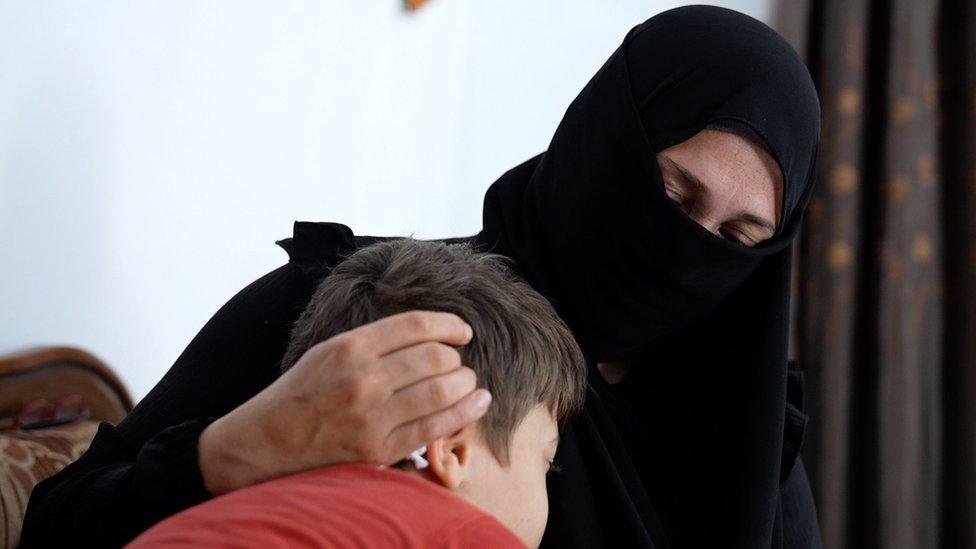Why 800 people fled a sun-kissed Mediterranean village
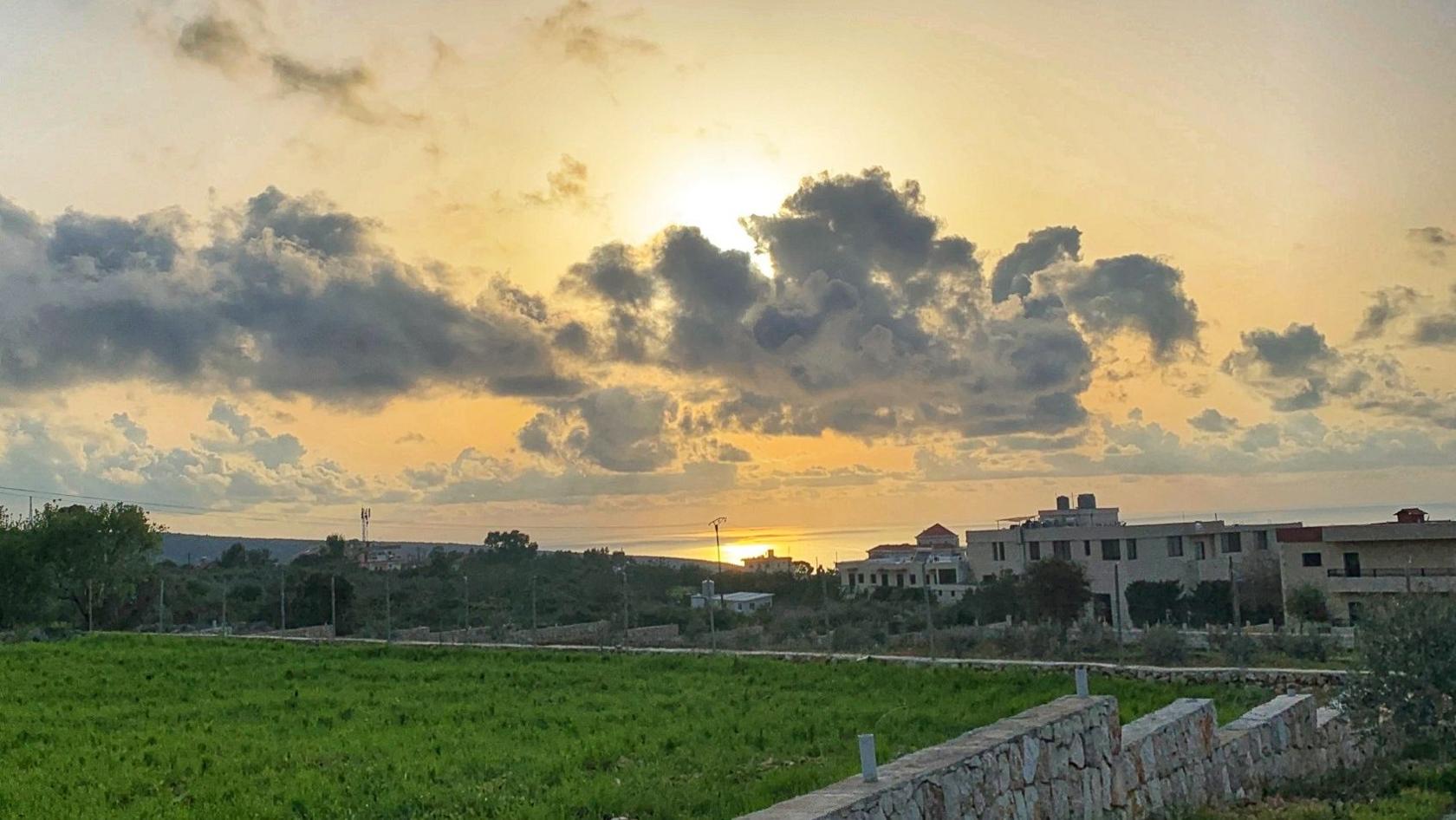
Alma al-Shaab and the surrounding countryside in spring 2020, with the Mediterranean Sea visible in the distance
- Published
"Why, why us?" cries Milad Eid, his anguish clear over the breaking phone line.
An hour earlier, he was dousing a fire at a house that had been hit by an Israeli missile. While he was there, a bomb struck another one.
His village, Alma al-Shaab, lies in southern Lebanon just over a kilometre from the Israeli border.
Since October last year, it has been caught in cross-border fighting between Israeli forces and Hezbollah, the Shia Muslim organisation which is politically influential and in control of the most powerful armed force in Lebanon.
At least 800 residents have fled the village, and now there are only about 100 left, officials say.
"Nobody knows why they are attacking our houses," Mr Eid says. "It's not our war."
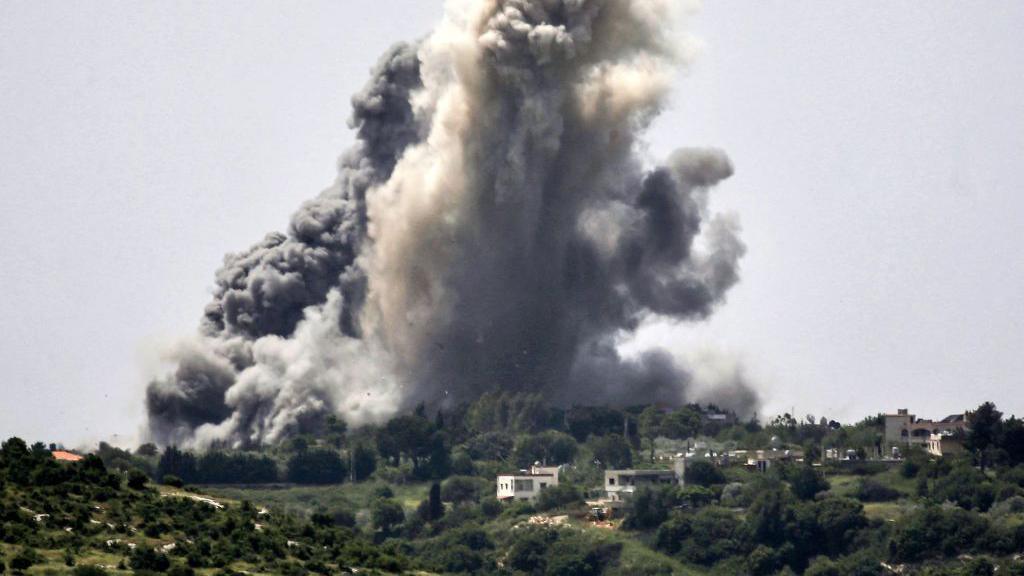
Plumes of smoke erupt during Israel’s bombardment of Alma al-Shaab in April 2024
Lebanon's Mediterranean coastline is dotted with scenic towns and villages, where bougainvilleas droop over meandering streets.
Alma al-Shaab, its residents say, is the most picturesque of them all.
One of the Christian villages in the largely Shia-Muslim south, Alma al-Shaab's position on a hill offers majestic views of the surrounding countryside, all the way to the sea in the distance.
It is also clearly visible from northern Israel.
This closeness to the border has seen it heavily targeted by Israeli forces over the past nine months.
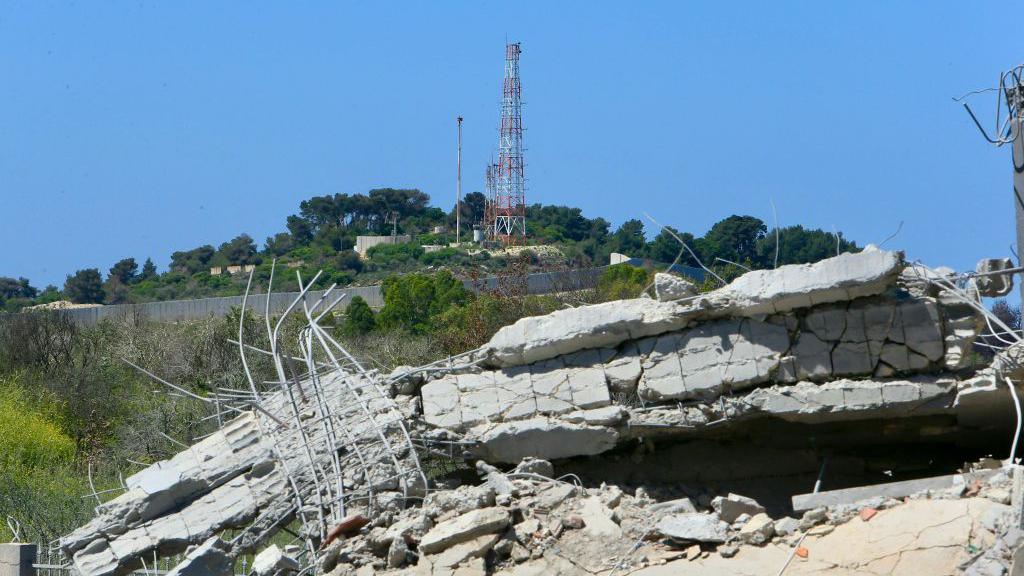
The Israeli military post of Hanita is around 2km (1.2 miles) from Alma al-Shaab
A day after Hamas attacked Israel on 7 October, Hezbollah and its allies fired waves of rockets from Lebanon into a disputed area along the border in an apparent show of support for the armed group.
Israel retaliated with drone strikes, and both sides have since drastically escalated the scale and intensity of attacks across the Israel-Lebanon border.
By the end of May, Alma al-Shaab had been hit 188 times by Israeli forces, according to the Beirut Urban Lab, external, a research centre that uses data from the Armed Conflict Location & Event Data Project (Acled).
Many other villages in southern Lebanon have also been bombarded.
The Israeli army says it targets Hezbollah fighters and infrastructure and retaliates to attacks on Israeli army bases in northern Israel.
But some top Lebanese officials have accused it of implementing scorched earth tactics to make the whole area uninhabitable.
The villagers the BBC spoke to were reluctant to discuss whether Hezbollah or other armed groups were using Alma al-Shaab to attack Israel. One hinted that locals had unsuccessfully tried to stop fighters from using their land.
No one in Alma al-Shaab has been killed.
But so far, Israel's bombardment has completely destroyed 10 houses, damaged 120 others and hit the town's main water tank, according to the deputy mayor, William Haddad.
Some 12 sq km (3,000 acres) of agricultural and forest land have been burned, he adds.
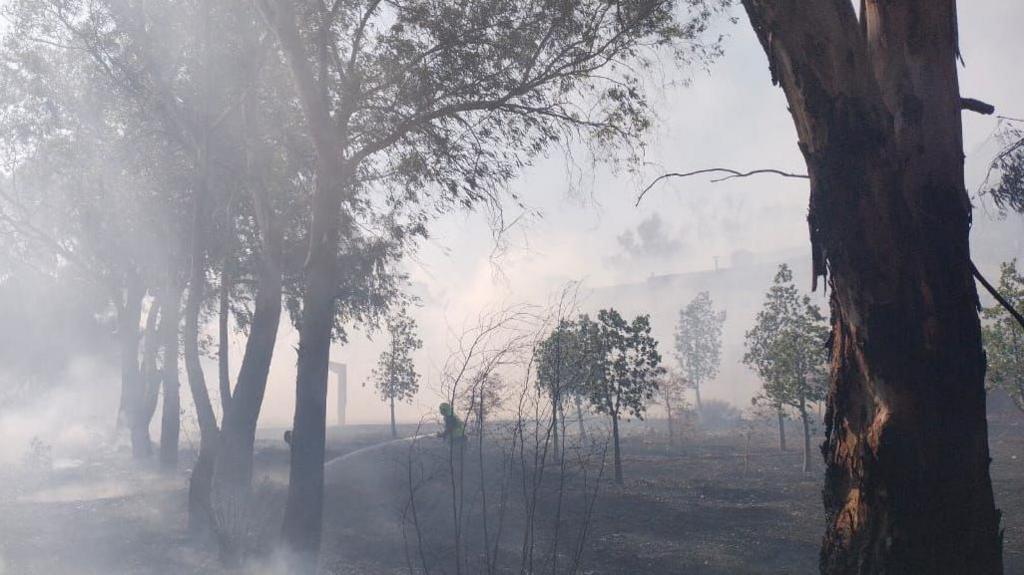
A fireman douses the flames caused by an explosion in Alma al-Shaab
Normally, there are 900 people in Alma al-Shaab - and around 1,500 in the summer, when emigrants return to spend time in their ancestral village.
Now there are only around 100 left, Mr Haddad says, and no children. The memory of past conflicts hangs heavily in the air.
People remember Israel’s invasion of Lebanon in 1982 and subsequent occupation of the south until 2000, the Israel-Hezbollah war of 2006, and countless skirmishes.
"Maybe 90% of people of Alma al-Shaab left directly in one day [after 8 October] because they don't want to experience what they did in 2006," says Mr Haddad.

Maria Shaya in Alma al-Shaab overlooking a nearby valley in August 2020
Maria Shaya, 31, talks of a childhood of attacks and explosions, with a constant fear of violence around her home. She left aged 18 to study in Beirut.
"I don't remember a time where there was no conflict."
She can recall the sound of bombs, drones and fighter jets in detail. But during visits home in recent years, her "brain chooses not to hear it", she says.
Since last year's resurgence of fighting, she has not visited her father, who refuses to leave the village.
It is a painful reality, at odds with her pride for the place.
"I love Alma," she says. "The air there smells different. It's so green and lush, and you can walk around and pick things to eat off the trees."
Spending time with her grandparents and cousins under the lemon trees is now a distant recollection.
She, like hundreds of others, do not know when they will be able to return.
"We don't want to be in a war," she says. "I just miss going home."
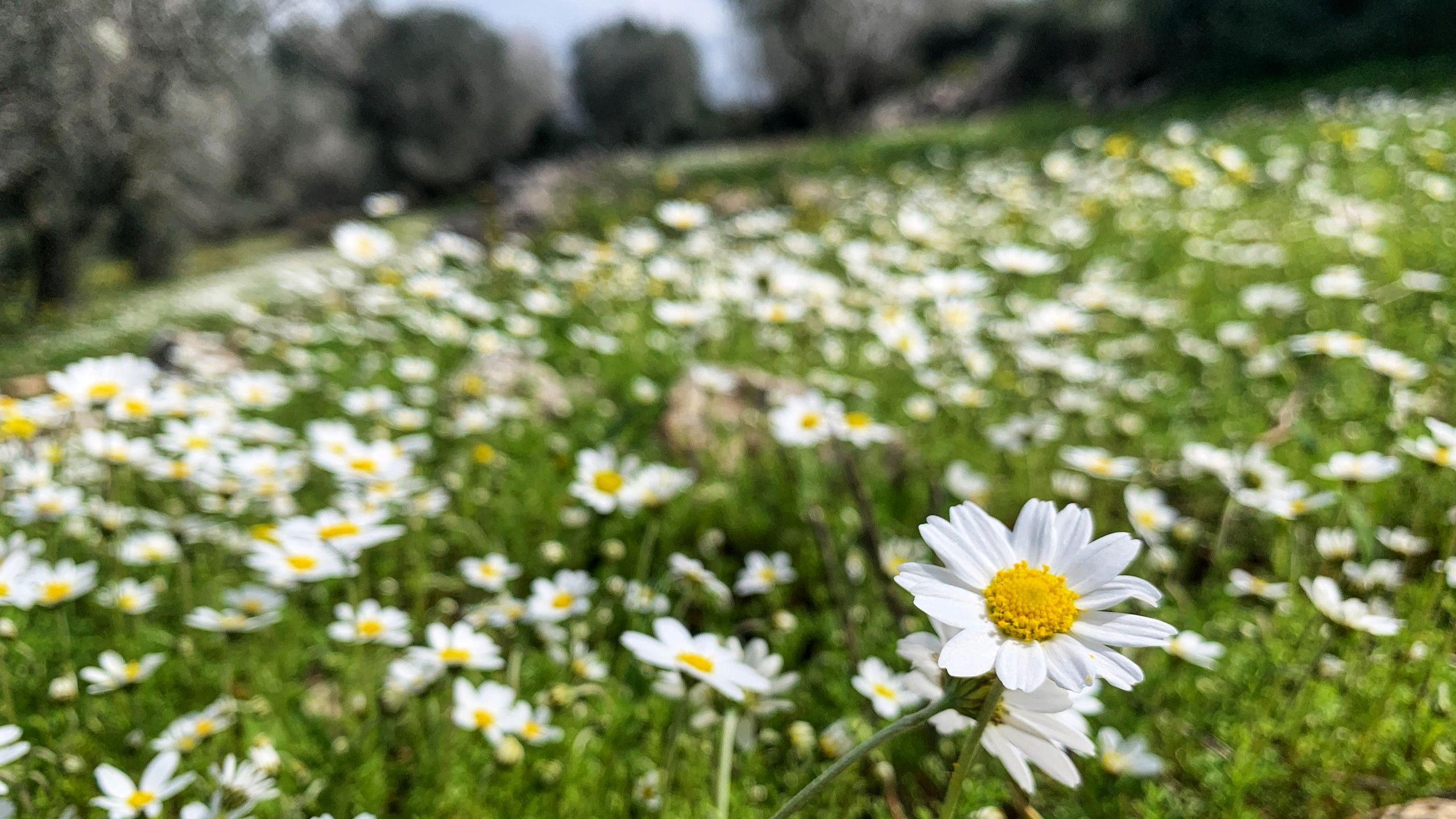
The current conflict is very different to the ones before, Mr Haddad says.
"What happened in 2006 was over in 30 or 33 days," Mr Haddad says. "Now, we are on maybe seven months and it's [still going] on. Nobody knows what the limits are."
Since 7 October, Israel has launched more than 5,300 attacks in Lebanon, according to the Beirut Urban Lab. Hezbollah and allied groups have attacked Israel around 1,200 times, they report.
The Israel Defense Forces said on 6 June that approximately 4,850 missiles had been fired at Israel from Lebanese territory. Earlier in April, it said Israeli forces had hit over 4,300 "Hezbollah targets" in Lebanon.
Both sides say they only aim at military targets, but both Lebanese and Israeli civilians have been heavily affected by the fighting.
According to UN figures from the end of May, at least 88 civilians have been killed in Lebanon and more than 93,000 have been uprooted.
Across the border, Israeli media report that 10 civilians have been killed while some 60,000 have been displaced.
The violence is taking a mental, physical and economic toll on the residents of Alma al-Shaab, most of whom have fled to cities like Beirut and Sidon.
Those who have a second home or relatives to stay with are lucky, the deputy mayor says. Others have had to rent houses, often living together with two or three other families.
Many say income has dried up and children are unable to go to school.
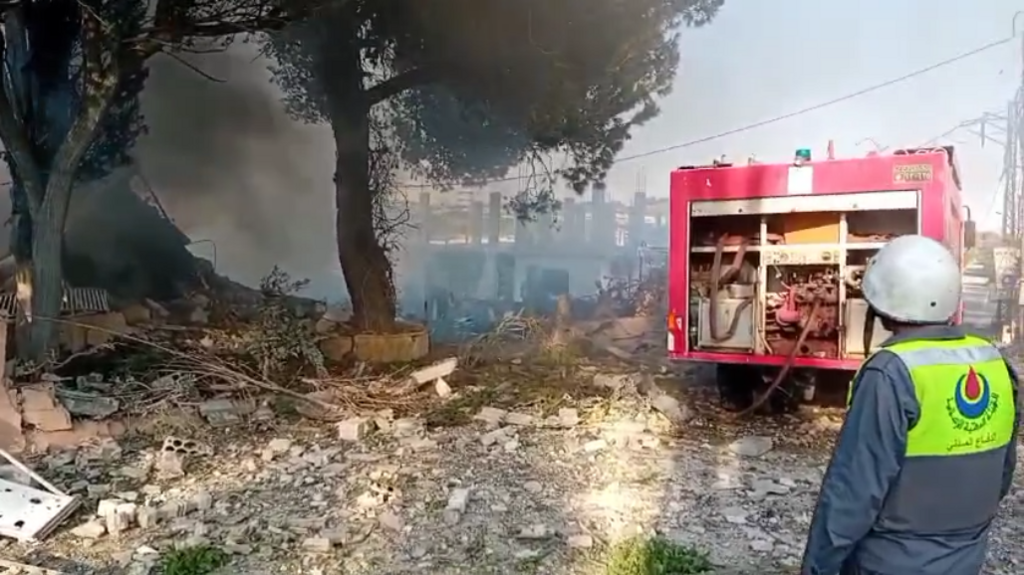
Milad Eid saw two houses bombed just minutes before speaking to the BBC
Some residents insist they will stay, no matter what.
Milad Eid is one of them. "You don't know when the clouds will shell you or something will attack you," he says.
But if he leaves, he is afraid of "facing the same problem as the Palestinians when they left their country".
Mr Eid is referring to what is known as the Nakba, or Catastrophe, by the Palestinians.
On 14 May 1948, Israel declared independence, and in a war which began the next day, up to 750,000 Palestinians who had lived on that land fled or were expelled from their homes.
Neither they nor their descendants have been allowed by Israel to return.
"They became refugees, and still after 70 or 75 years they are crying for their country and their villages and their houses," he says.
When it comes to the Lebanon-Israel border today, most international observers have stopped short of calling the situation an all-out war.
But for those who live there, there is nothing else it can be.
Related topics
- Published2 May 2024
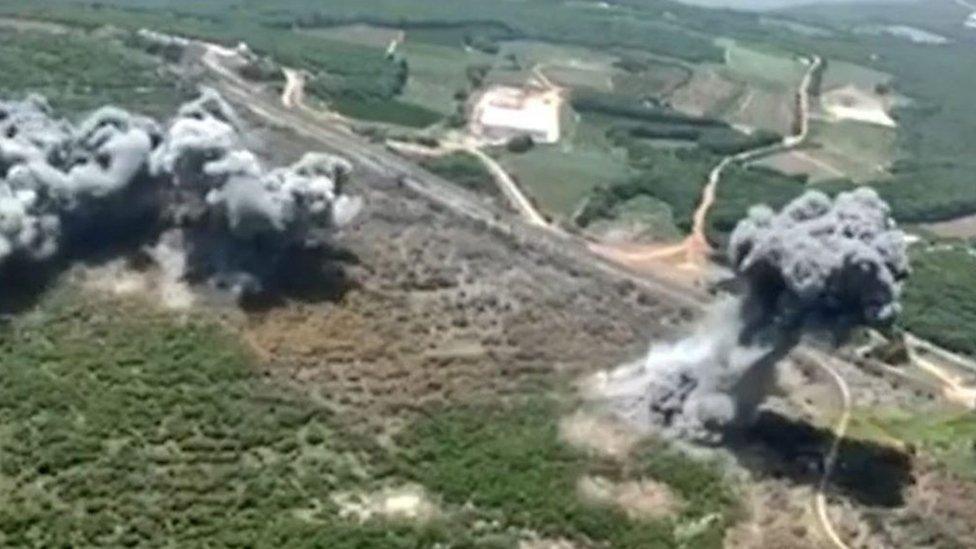
- Published1 May 2024
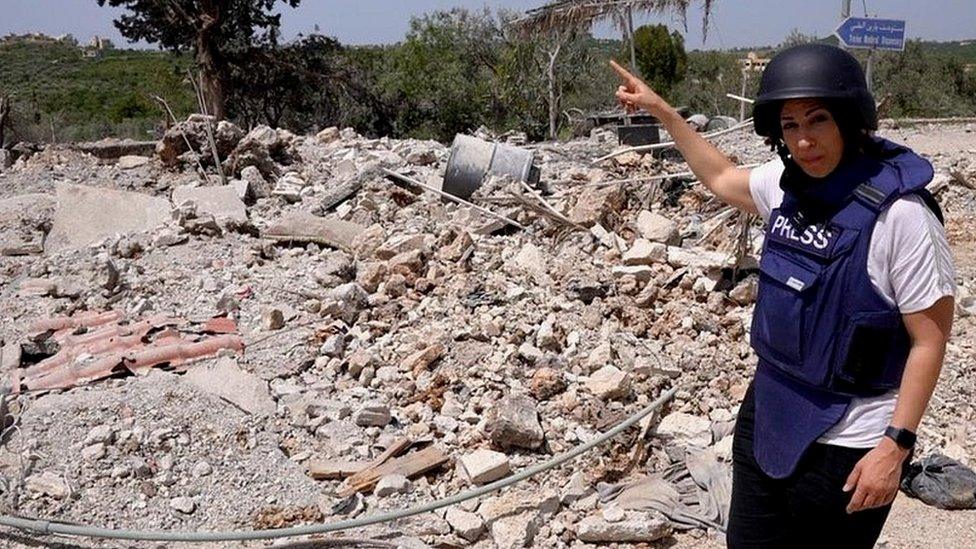
- Published27 May 2024
